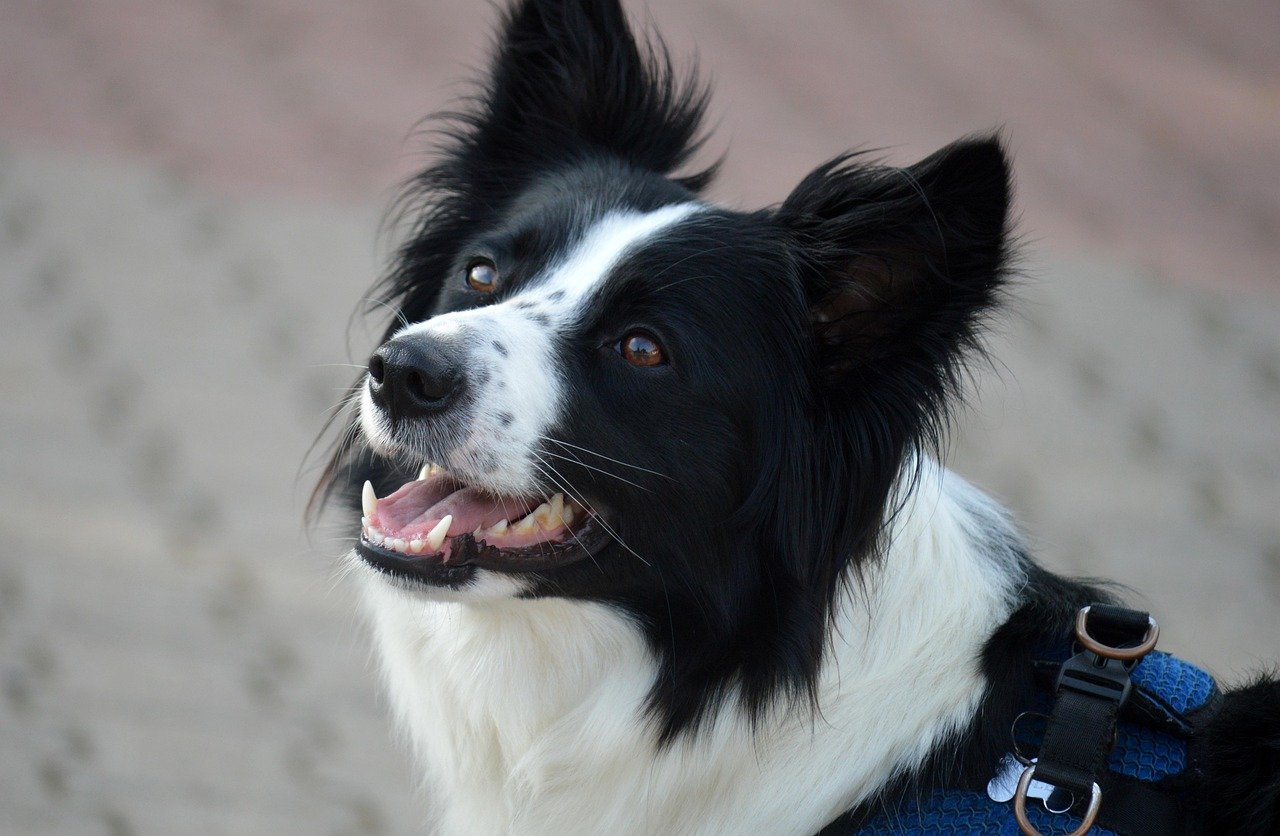Have you ever watched a toddler wobble across the living room, arms wide, giggling in delight, only for your dog to barrel through like a furry freight train? It’s both adorable and nerve-wracking. For those of us who love our dogs like family, but also have little ones at home, this dance can be a real concern. Some dog breeds, no matter how sweet or loyal, just seem to have a knack for getting into scrapes around curious, unpredictable toddlers. Whether it’s a playful nip, a toppled child, or a toy snatched away in a moment of excitement, accidents can happen fast. Today, we’re diving into 12 breeds that, despite all their love and charm, tend to be a little accident-prone with toddlers. If you’re a dog lover (and who isn’t?), you’ll want to read on—some of these might surprise you!
Labrador Retriever
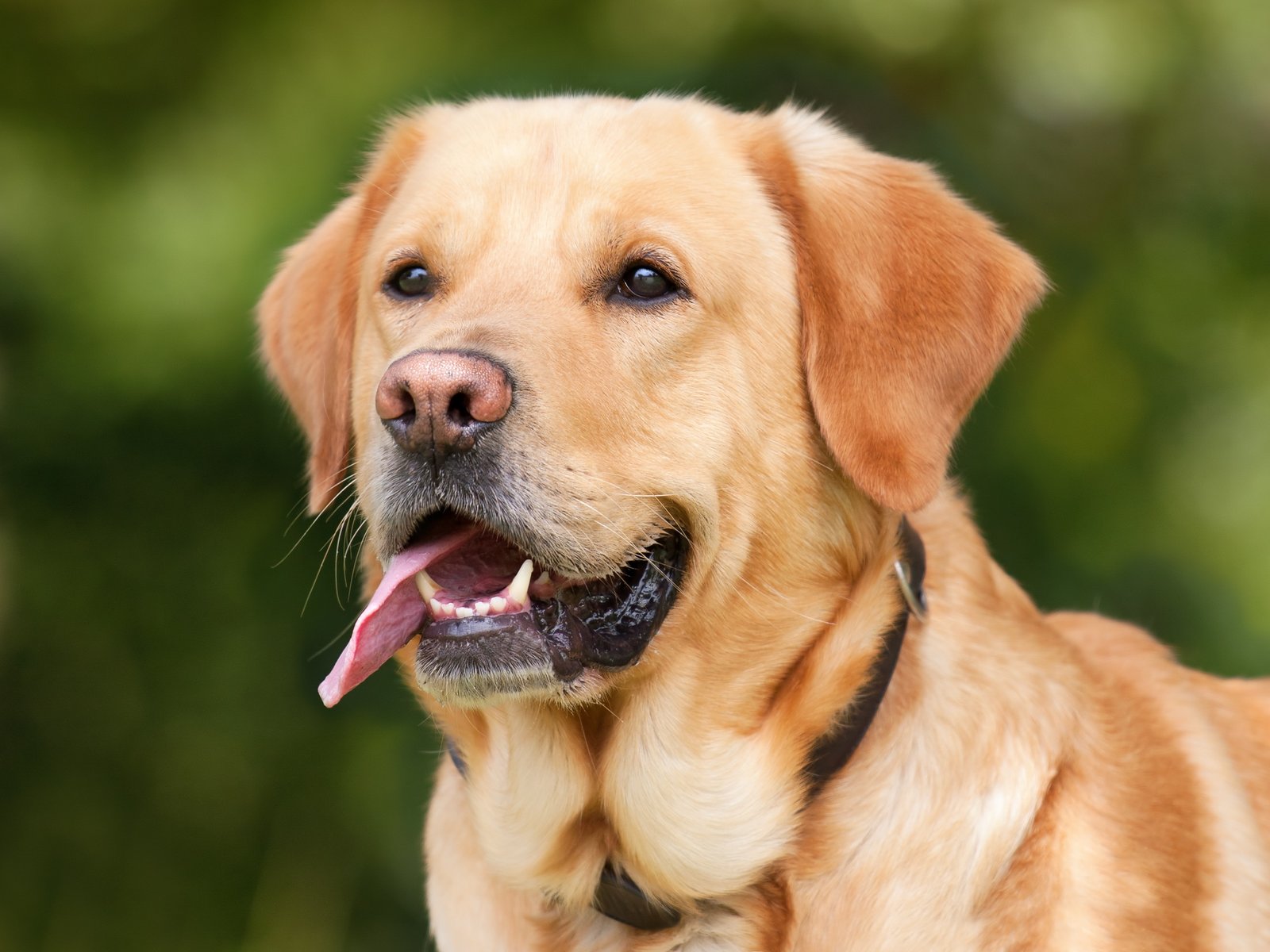
Labrador Retrievers are often called the “perfect family dog,” but their boundless energy can sometimes spell trouble around tots. Labs love to run, leap, and play without really noticing what—or who—is in their path. Their powerful tails can knock over a sippy cup, or even a toddler, in the blink of an eye. Even with the best intentions, their playful roughhousing can get out of hand, especially when a little one is learning to walk.
Another issue is their insatiable curiosity. A Lab’s urge to explore, sniff, and investigate often leads them to snatch toys or food right from a child’s hand. While they rarely mean harm, their exuberance can result in accidental bumps, tumbles, or even a startled cry from your child. It’s a bit like living with a lovable, oversized toddler—delightful, but sometimes a handful.
Golden Retriever
Golden Retrievers are gentle by nature, but their size and enthusiasm can be overwhelming for small children. They love to play fetch and chase, but sometimes forget that toddlers aren’t quite as sturdy as older kids. A Golden’s excited dash across the yard or living room can send a toddler tumbling if they’re in the way.
Goldens are also notorious for their “soft mouths”—they love to carry things, including toys and sometimes even toddler hands or clothing. While they rarely bite in aggression, their tendency to mouth objects can startle or scare a young child, especially if the dog is trying to join in on playtime.
Boxer
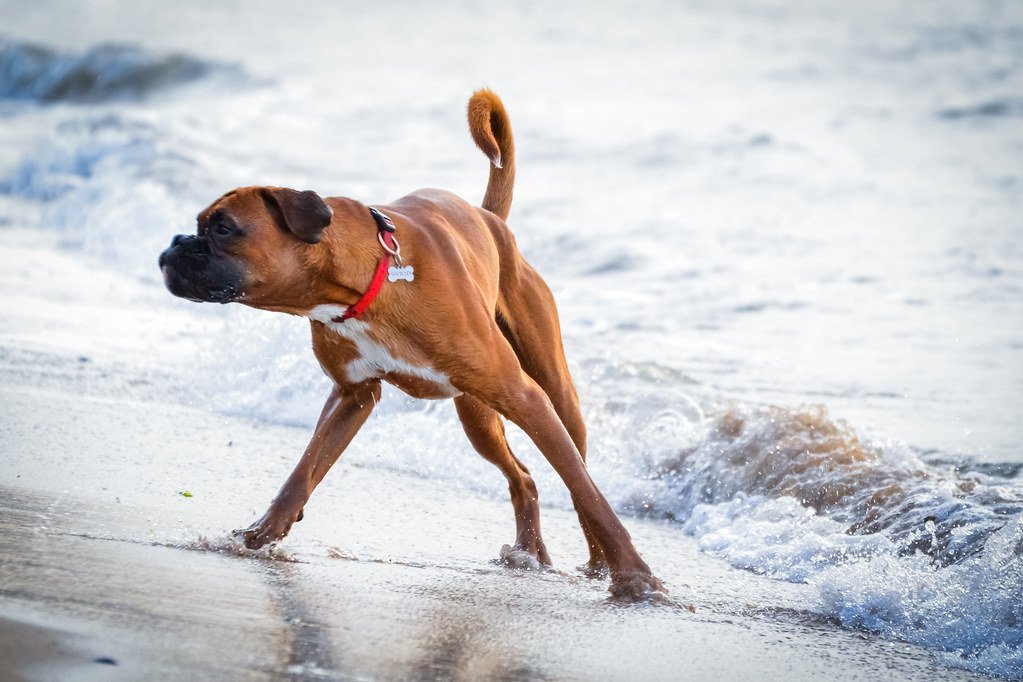
Boxers are bouncy, muscular, and always ready for fun. Their playful antics are legendary, but their strength and unpredictable bursts of energy can be a bit much for toddlers. Boxers love to jump up to greet people, and a small child can easily be knocked over during one of these enthusiastic hellos.
They’re also known for their “kid at heart” personalities—they never seem to outgrow their puppy phase. This means they’re often in motion, darting, spinning, and bouncing around the house. While their hearts are pure gold, their bodies are sometimes a bit too much for a fragile toddler to handle safely.
Siberian Husky
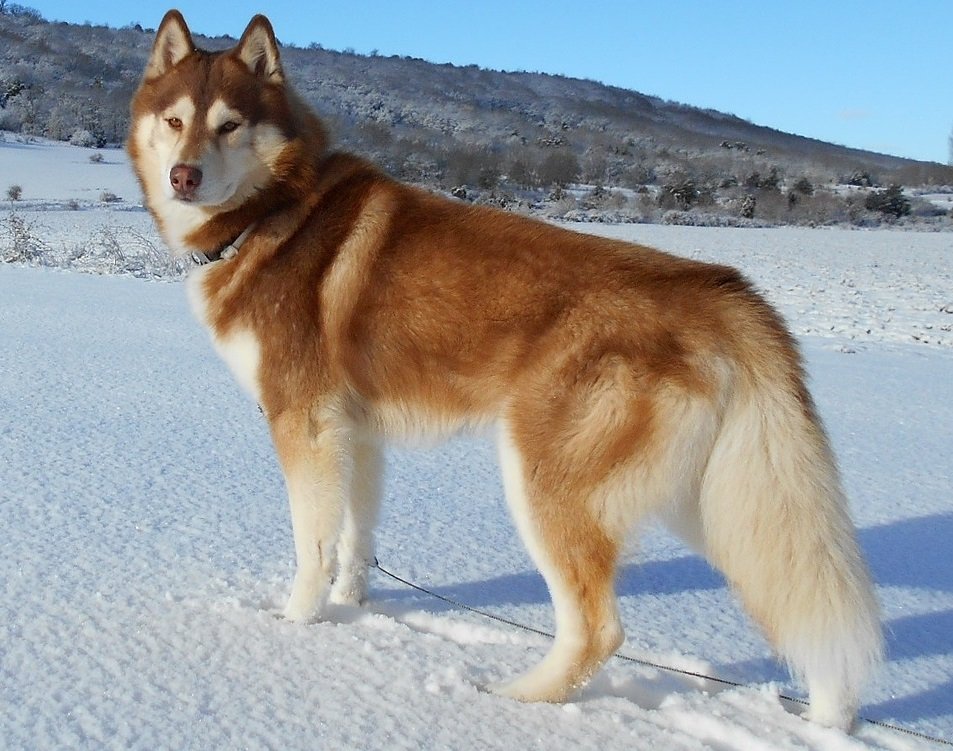
A Siberian Husky’s spirit is as wild as their ancestors’. These dogs are agile, fast, and always on the move. Their high prey drive sometimes means they react quickly to sudden movements—which, as any parent knows, is pretty much every move a toddler makes. This can lead to accidents, either from playful chasing or from a Husky darting across the room at top speed.
Huskies can also be a bit aloof, especially around young children who don’t yet know how to respect boundaries. They may not always recognize when a toddler’s attention is too much and will sometimes try to escape, leading to tripping hazards or startled reactions.
Dalmatian
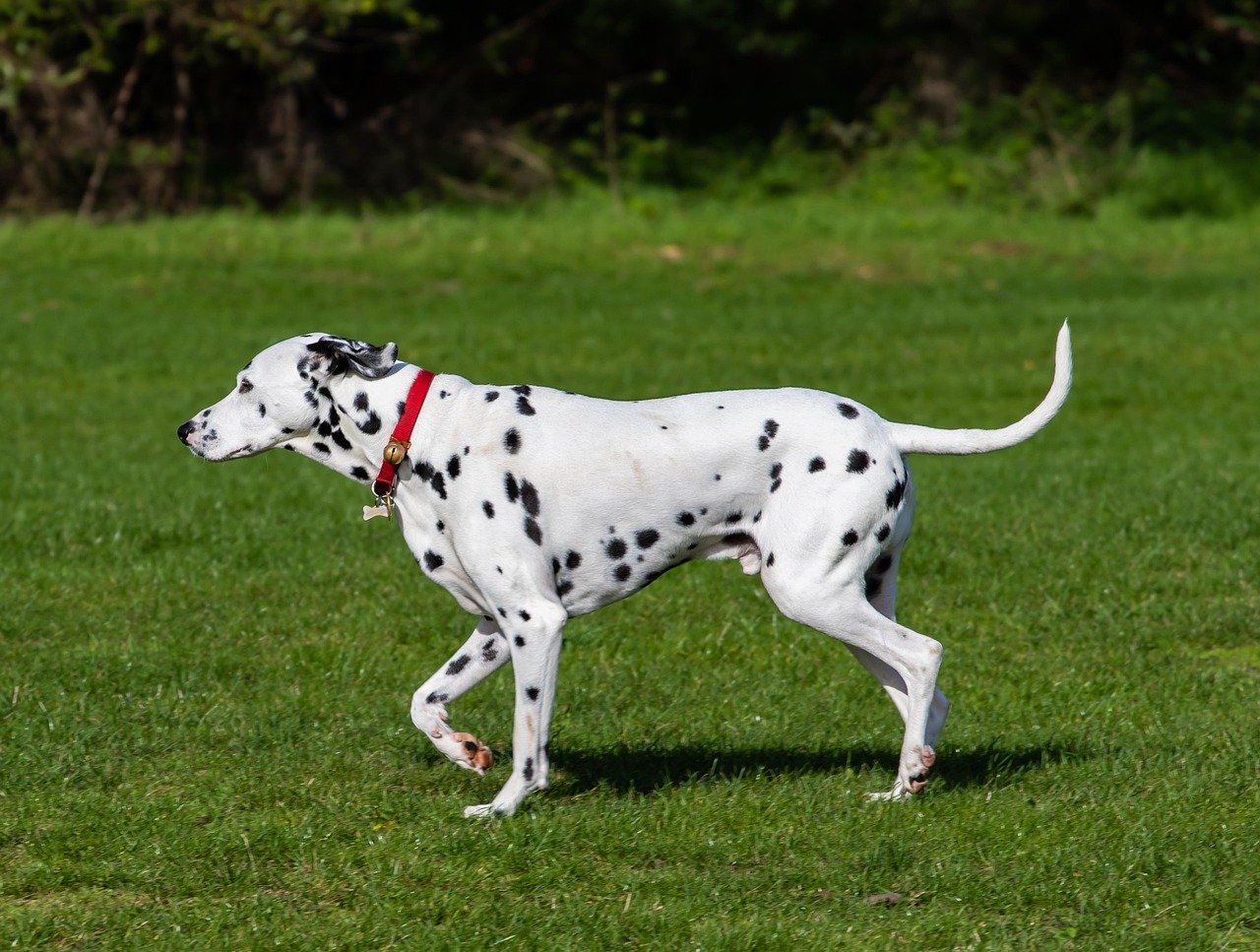
Dalmatians are strikingly beautiful, but their energy levels and sensitivity make them prone to mishaps with toddlers. These dogs need lots of exercise and stimulation, and when they don’t get it, they can become restless and unpredictable. A bored Dalmatian may try to initiate play that’s too rough for a little one to handle.
Additionally, Dalmatians can be a bit skittish around sudden movements or shrill noises—two things toddlers excel at producing. In their nervousness, they may react suddenly, which can lead to accidental bumps or even nips if they feel cornered or overwhelmed.
Jack Russell Terrier
Jack Russell Terriers are tiny dynamos packed with energy and sharp instincts. With their hunting background, they’re always alert and ready to chase anything that moves—including toddling children. Their quick movements and tendency to dart underfoot can create tripping hazards for both child and dog.
Jack Russells also have a bit of a stubborn streak. If a toddler insists on grabbing ears or tails, the dog may react defensively, possibly resulting in accidental scratches or nips. Their high energy and independence require constant supervision when little ones are around.
Border Collie
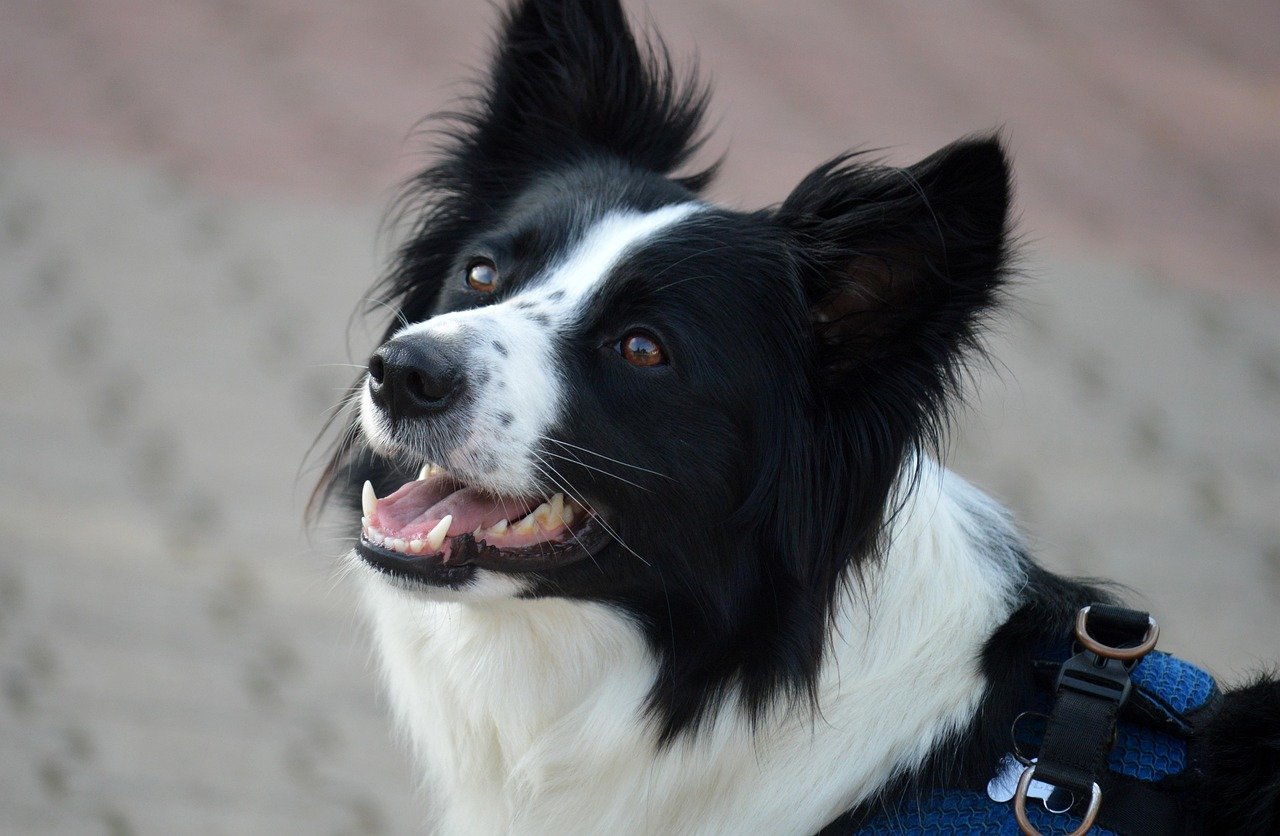
Border Collies are the Einsteins of the dog world, but their herding instincts can make life with toddlers tricky. They’ll often try to “herd” the youngest family members by nipping at heels or circling them, which can frighten or even trip a small child. Herding isn’t aggression, but it can be confusing and overwhelming for toddlers.
These dogs also need lots of mental and physical stimulation. If they’re under-exercised or bored, they may become restless, leading to more intense herding behavior—or simply zooming around the house at breakneck speed, knocking over anyone in their way.
Weimaraner
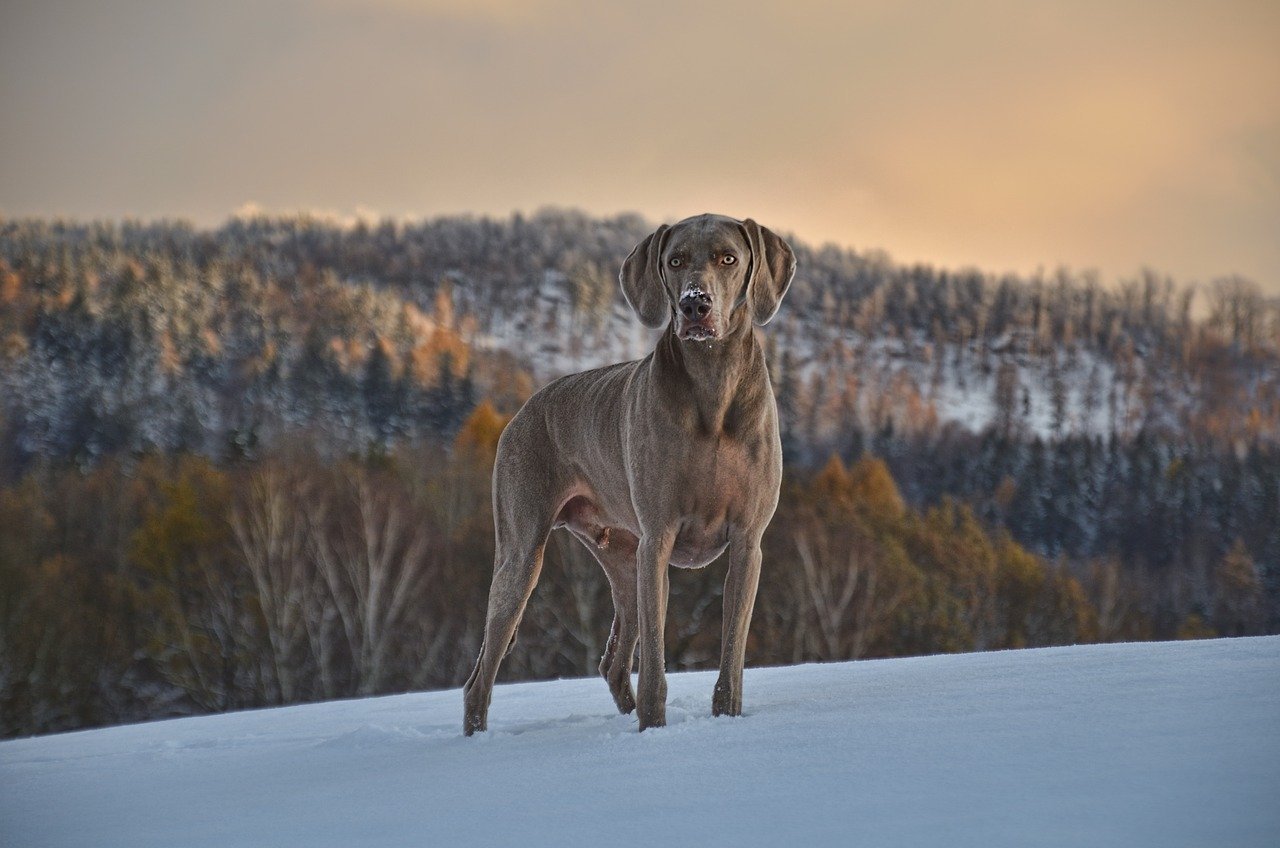
Weimaraners are sleek, athletic, and always on the go. Their strong prey drive and boundless curiosity make them prone to sudden bursts of speed or excitement, which can catch toddlers off guard. A Weimaraner racing through the house is like a freight train—nothing stands in their way, especially not a wobbly toddler.
They’re also intensely loyal and sometimes a bit possessive. If a toddler gets too close to their food, toys, or favorite person, the dog may react protectively, which can result in accidental nips or startled cries.
Australian Shepherd
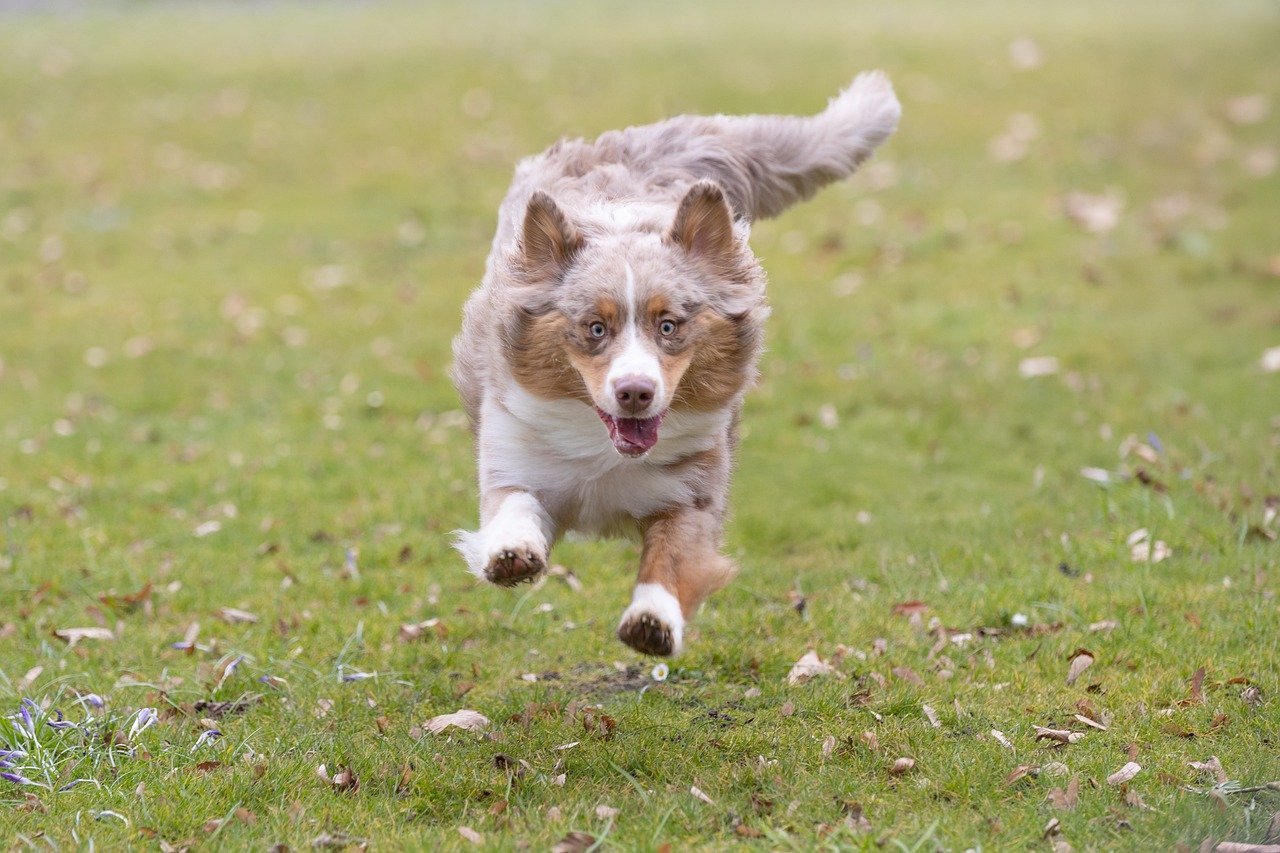
Australian Shepherds are famous for their intelligence and herding instincts. Like Border Collies, they’ll often try to round up children, sometimes by nipping or pushing. This instinct can lead to accidental tumbles or tears when toddlers don’t understand what’s happening.
Aussies are also energetic and love to play, but their games can be rough. They might jump, chase, or bark excitedly, which can overwhelm or scare a young child. Constant supervision and gentle redirection are key when these lively dogs and toddlers share a space.
Bulldog

Bulldogs may look tough, but they’re surprisingly clumsy. Their stocky build and low center of gravity mean they often plow through obstacles—including small children—without much awareness. A bulldog’s slow, determined walk can easily knock over a toddler who isn’t steady on their feet.
Despite their gentle nature, bulldogs can be possessive of their toys or food. If a toddler gets too close, the dog might react defensively. Their breathing issues also mean they tire quickly, so they might get grumpy or snappy if a toddler tries to play when they’re resting.
Beagle

Beagles are friendly and curious, but their noses sometimes get them into trouble. They’re easily distracted by scents, leading them to dart off suddenly—sometimes right through a group of playing children. Their love of food can also make them snatch snacks away from toddlers, resulting in accidental bites or scratches.
Beagles’ stubbornness can make them difficult to control around excitable toddlers. If a child grabs at their ears or tail, the dog may not tolerate it well, leading to defensive reactions. Their energy and curiosity require close supervision to prevent unintended accidents.
Pit Bull Terrier
Pit Bull Terriers have big hearts, but their strength and exuberance can overwhelm young children. They love to play rough, and their muscular bodies can easily knock over a toddler without meaning to. Their high pain tolerance means they might not notice when play gets too rough, making it harder for them to self-regulate.
Pit Bulls are also extremely loyal and protective. If they sense a toddler is upset or threatened—even by another child—they may react defensively. While their intentions are good, their reactions can sometimes lead to accidents or misunderstandings in the chaos of family life.
Some dogs, despite their loving nature, are simply more prone to accidents around toddlers due to their size, energy levels, or sensitivity to unpredictable behavior. As we’ve seen, certain breeds may react nervously to sudden movements, become overwhelmed by noise, or unintentionally knock over small children during play. This doesn’t make them bad dogs—it just means they may be better suited to homes with older kids or more controlled environments. Understanding these risks allows families to make thoughtful, safe choices when choosing a pet. The goal is always a harmonious match—where both child and dog can thrive together in trust and safety.

Esther is from India; the heartbeat of South Asia, holding a Master’s degree in Zoology and a postgraduate diploma in Animal Welfare. Her enthusiasm for animal welfare drives her passion and dedication to working for animals, ensuring their well-being, and advocating for their rights. With a solid academic background and hands-on experience, she is committed to making a positive impact in the field of animal welfare. In her free time, she enjoys embroidery and sewing. As a Chennaite from Tamil Nadu, Esther loves Bharathanatyam, an Indian classical dance form.

